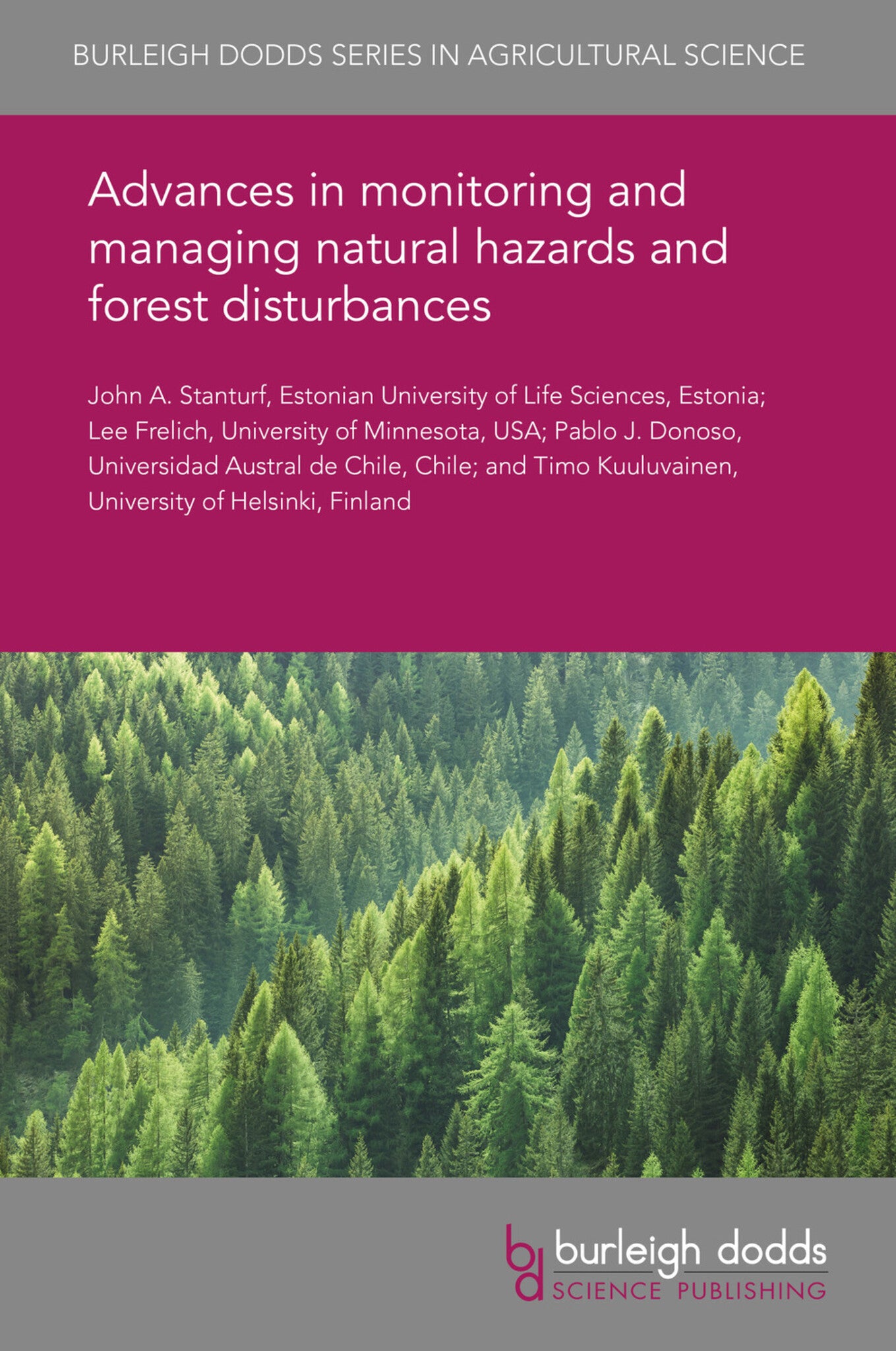We're sorry. An error has occurred
Please cancel or retry.
Advances in monitoring and managing natural hazards and forest disturbances

Some error occured while loading the Quick View. Please close the Quick View and try reloading the page.
Couldn't load pickup availability
- Format:
-
25 November 2019


TECHNOLOGY & ENGINEERING / Agriculture / Forestry, Forestry and silviculture, SCIENCE / Global Warming & Climate Change, TECHNOLOGY & ENGINEERING / Agriculture / Sustainable Agriculture, Forests and woodland, Boreal, coniferous forest, Climate change, Sustainable agriculture

1 Introduction 2 Characteristics of disturbances and natural hazards 3 Disturbance regimes of boreal and temperate forests 4 Disturbance and resilient forest management 5 Climate heating and the increase of many disturbances 6 Advances in monitoring disturbances 7 Conclusion and future trends 8 Where to look for further information 9 References



